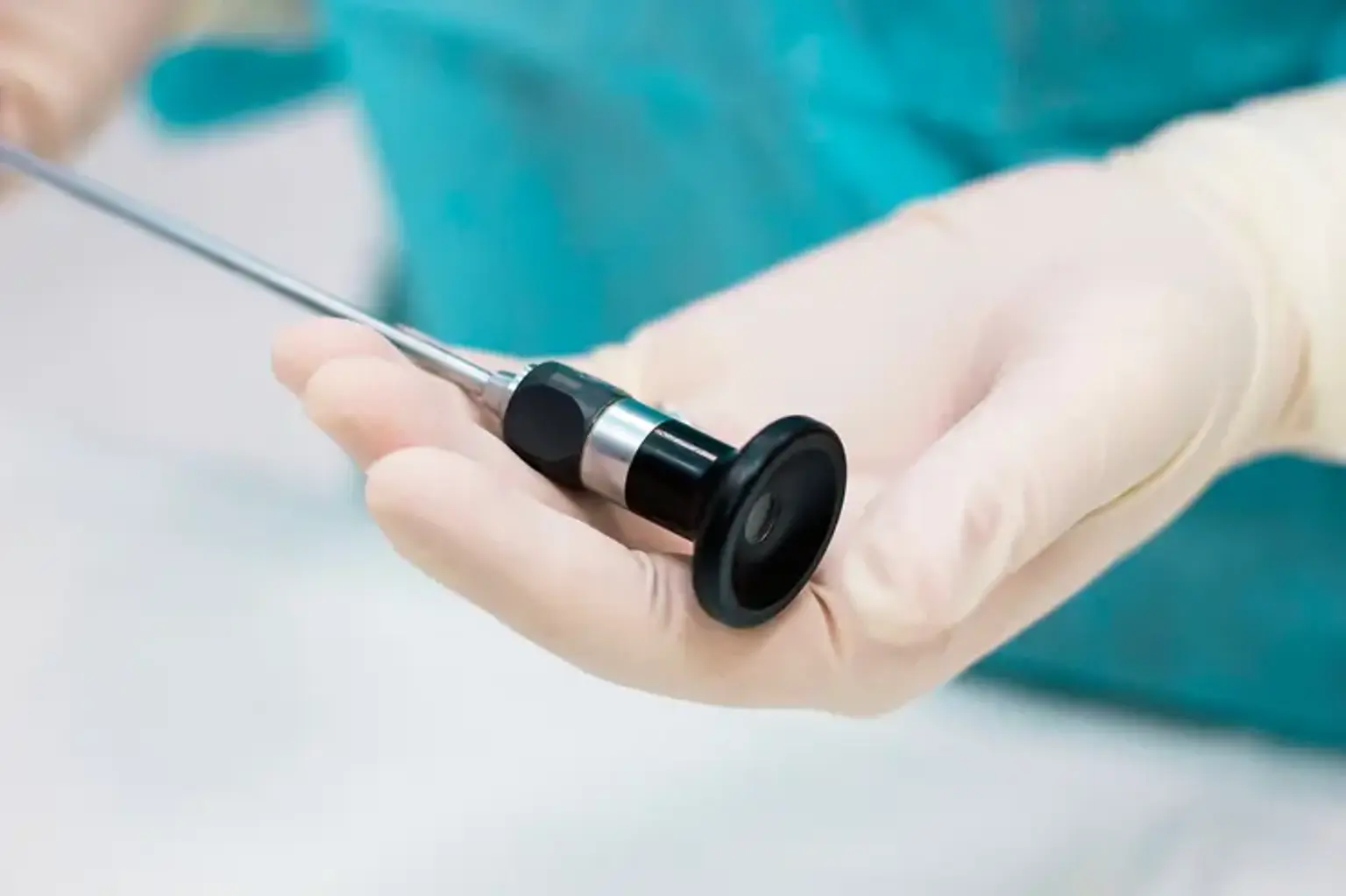Laparoscopic urological surgery
Overview
Urology is a surgical specialty that treats illnesses of the male and female urinary tracts, as well as the male reproductive systems. Although urology is officially a "surgical specialty," because of the vast range of clinical problems that urologists deal with, urologists must be competent in other fields such as internal medicine, pediatrics, and gynecology.
Laparoscope is a surgical technique in which surgeons utilize a tiny, illuminated video camera (laparoscope) to examine internal organs and other structures in the abdomen and pelvis in order to detect and treat disease or damage. Unlike open surgery, which necessitates big incisions, laparoscopy necessitates just minor cuts, resulting in less postoperative pain and a speedier recovery.
Laparoscopic surgery is used in urology for a variety of operations, including kidney surgery, bladder repair, prostate removal, removing big kidney or ureter stones, ureteropelvic junction blockage, varicocele repair, undescended testes, adrenal cancer, and others.
